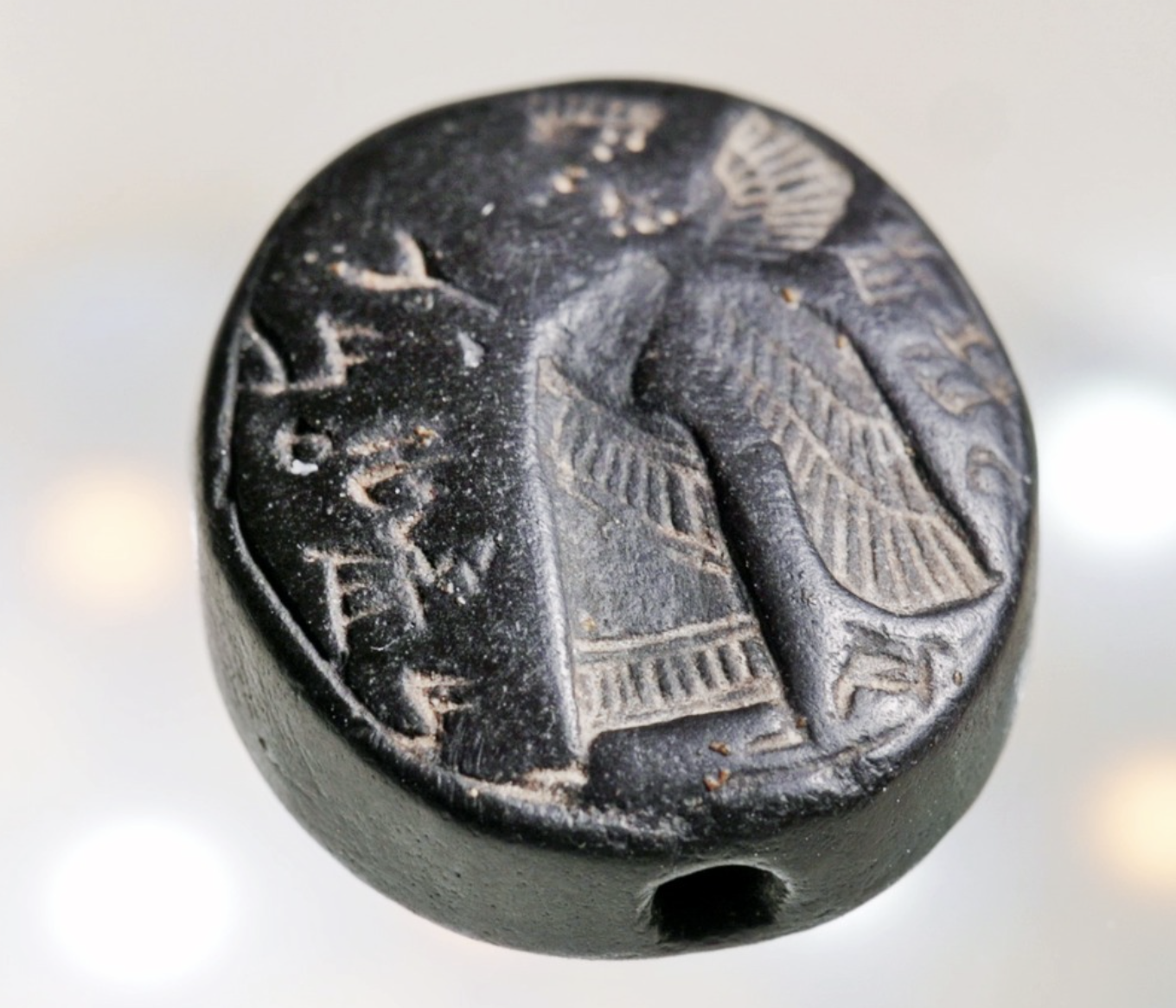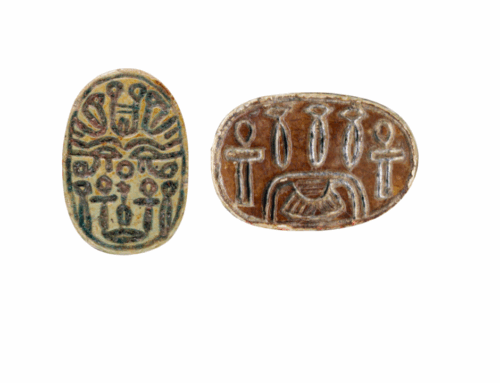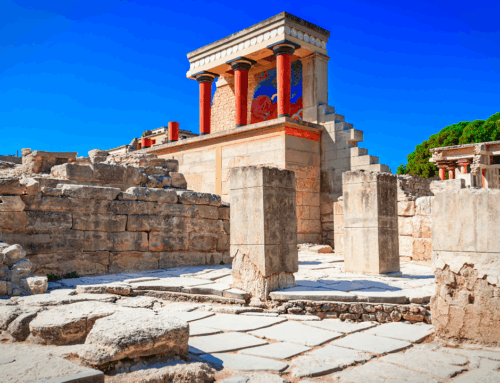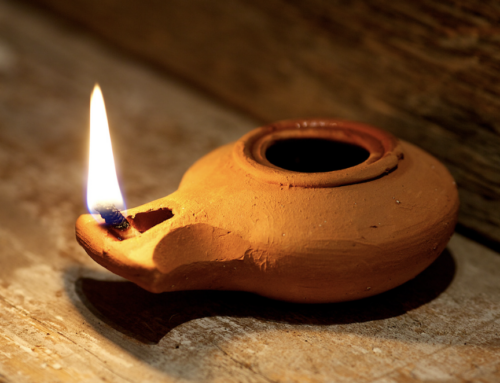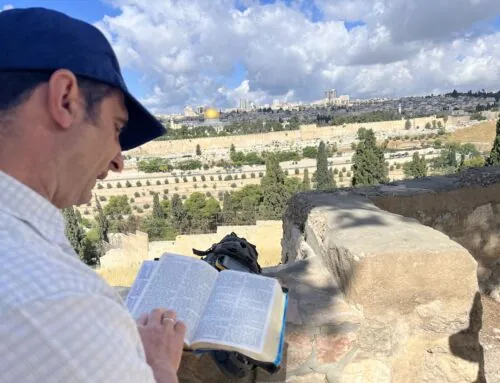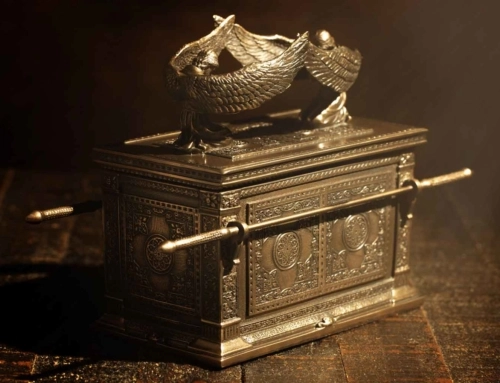Rare and Beautiful First Temple-Era ‘Genie’ Seal Unearthed in Jerusalem
A rare and remarkable First Temple period stone seal featuring paleo-Hebrew script and a depiction of a protective demon, or “genie,” has been discovered in Jerusalem, the Israel Antiquities Authority (IAA) recently announced. This extraordinary find was made during ongoing excavations in the Davidson Archaeological Garden, just south of the Temple Mount in Jerusalem’s Old City. Jointly conducted by the IAA and the City of David Foundation, the excavation has uncovered what archaeologists are calling one of the most beautiful seals ever found in ancient Jerusalem!
Genie Seal Explained
The small black stone seal, thought to be approximately 2,700 years old, is engraved with the inscription “LeYehoʼezer ben Hoshʼayahu,” which translates to “For Yeho’ezer son of Hosh’ayahu.” This paleo-Hebrew script, inscribed in mirror writing so that it could be impressed into wax, offers a rare glimpse into the life of a high-ranking official during the Kingdom of Judah.
Dr. Yuval Baruch and Navot Rom, IAA excavation directors, praised the artifact for its high artistic quality, noting that it is “executed at the highest artistic level.” The seal’s intricately carved image of a winged figure, believed to be a protective demon, makes this discovery particularly unique. Dr. Filip Vukosavović, an Assyriologist and IAA archaeologist, explained that this is the first time a winged “genie” figure has been found in Israeli or regional archaeology, linking the seal to similar figures seen in Neo-Assyrian art from the 9th to 7th centuries BCE. These figures were considered protective spirits, and their presence in such an artifact suggests a belief in their power to ward off evil.
The IAA hypothesizes that the seal originally featured only the image of the winged figure. Over time, the text was added, likely after the death of the seal’s original owner, Hosh’ayahu. It appears that his son, Yeho’ezer, inherited the seal and added his name and his father’s name on either side of the demon, hoping to harness the talisman’s protective qualities for himself. The paleo-Hebrew inscription, while less carefully executed than the demon engraving, offers fascinating insights into how personal and familial significance was attached to such objects.
According to Prof. Ronny Reich of the University of Haifa, who collaborated on the research, the inscription’s uneven quality suggests that it might have been Yeho’ezer himself who added the names. This adds a deeply personal touch to the artifact, as it reveals the possibility of direct interaction between the object and its owner.
Significance of this seal in the Bible
The significance of this seal goes beyond its artistic beauty. The name “Yeho’ezer” appears in the Bible in its abbreviated form “Yo’ezer,” identified as one of King David’s warriors in 1 Chronicles 12:7. The name “Hosh’ayahu,” also referenced in the inscription, is linked to the name “Hosh’aya” found in Jeremiah 43:2, a text that describes events from the same period in which the seal would have been in use.
This discovery adds to our understanding of the cultural and spiritual beliefs of the people of Judah during the First Temple period. The combination of Hebrew script, artistic influences from neighboring civilizations, and the personal nature of the object offers a rare and intricate glimpse into the ancient world. Moreover, the presence of the winged “genie” figure on the seal highlights the fascinating intersection of local traditions with broader Assyrian cultural and religious influences.
As more artifacts like this seal come to light, they continue to enrich our understanding of the past and the complexities of ancient Jerusalem. Each find brings us closer to unraveling the mysteries of a city that has been at the crossroads of history, faith, and culture for millennia.
For more information about this discovery click here
If you would like to dig for a day on your tour, please please contact us today
Photo used in this blog is by Emil Aladjem/IAA. See more photos here

